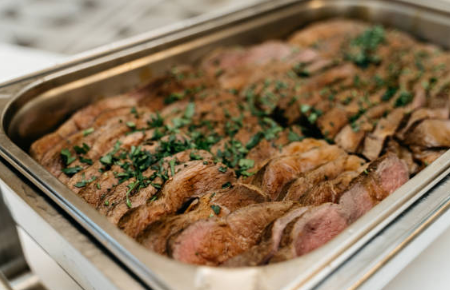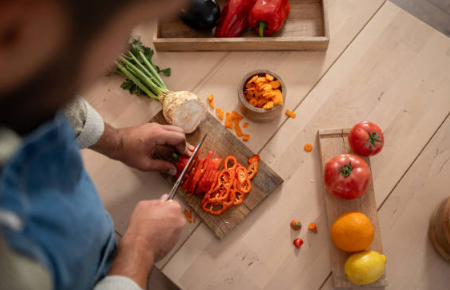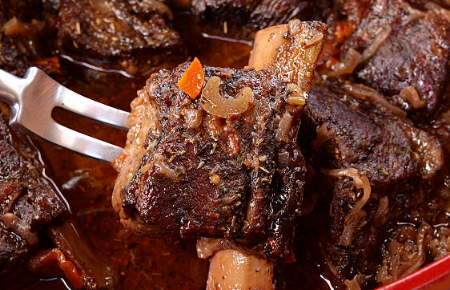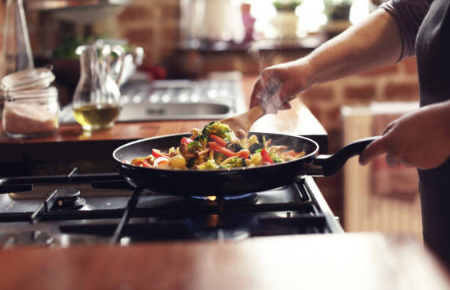How to Roast Beef in the Oven Without Drying It Out

Delicious Ways to Cook Frozen (or Fresh) Scallops
June 15, 2025
4 Simple Ways to Cook Eggplant
June 15, 2025Roasting beef might be one of the simplest ways to cook beef, but let’s be real—it’s not cheap, and you definitely don’t want to mess up a great cut. Most roast beef recipes require hours in the oven, but the hands-off nature makes it surprisingly easy (not to mention the mouthwatering aroma that fills your kitchen). With help from our test kitchen, we’ll show you how to roast beef to perfection—whether you’re working with ribeye roast, tenderloin, prime rib, or another favorite cut.
We’ll also settle the question of whether to roast beef covered or uncovered (spoiler alert: almost always uncovered) to get the best results. So, get ready to wow your family with these roast beef tips—for Sunday dinners or any special occasion.
Step 1: Choose the Right Cut of Beef
Plenty of beef cuts are great for roasting—many even have “roast” in their name. When shopping, look for meat that’s bright in color and moist (but not sticky). For boneless roasts, plan on 3 to 4 ounces per person; for bone-in roasts, aim for 6 to 8 ounces per person.

Step 2: Prep the Roast
Preheat your oven to the recommended temperature for your specific cut (check a roasting chart for exact temps and times). Unless otherwise noted, 325°F is a safe default. You can keep things simple with just salt and pepper, or rub the roast with olive oil and a blend of herbs and spices.
Place the meat fat-side up on a rack in a shallow roasting pan. Bone-in roasts like prime rib don’t need a rack. Insert an oven-safe thermometer or meat probe into the thickest part of the roast, making sure it doesn’t touch fat, bone, or the pan. Don’t add water or cover the roast—keeping it uncovered helps it roast evenly and develop that delicious crust.
Step 3: Roast in the Oven
Roasting time depends on both the type and size of your cut. A small 1.5-pound roast may be done in just 30 minutes for medium doneness (165°F), while an 8-pounder could take up to 3.5 hours to reach medium (170°F). Check a roast beef chart for exact guidance.
Roast the beef uncovered until it reaches your desired doneness. Then remove it from the oven, tent loosely with foil, and let it rest for 15 minutes before slicing. This rest time allows the juices to redistribute, keeping the meat moist and tender. Keep in mind: the internal temperature will rise about 10°F while resting—don’t worry, roast charts already account for this.
Step 4: Carve and Serve
Here’s the fun part! Transfer the roast to a carving board with grooves to catch the juices. Use a large fork to steady the meat and a sharp carving knife to slice. For bone-in roasts like prime rib, flip the roast over and trim off the bottom layer if needed to stabilize it. Insert a large fork under the ribs, then slice across the grain to remove individual portions. Use the tip of your knife to cut the meat away from the bones.
Plate it up and dig in!



